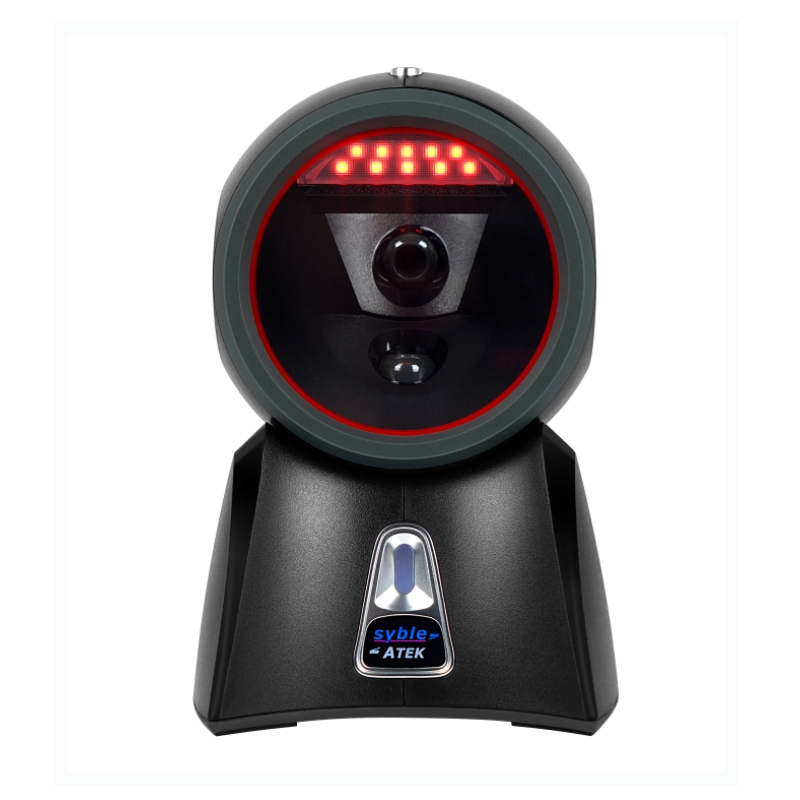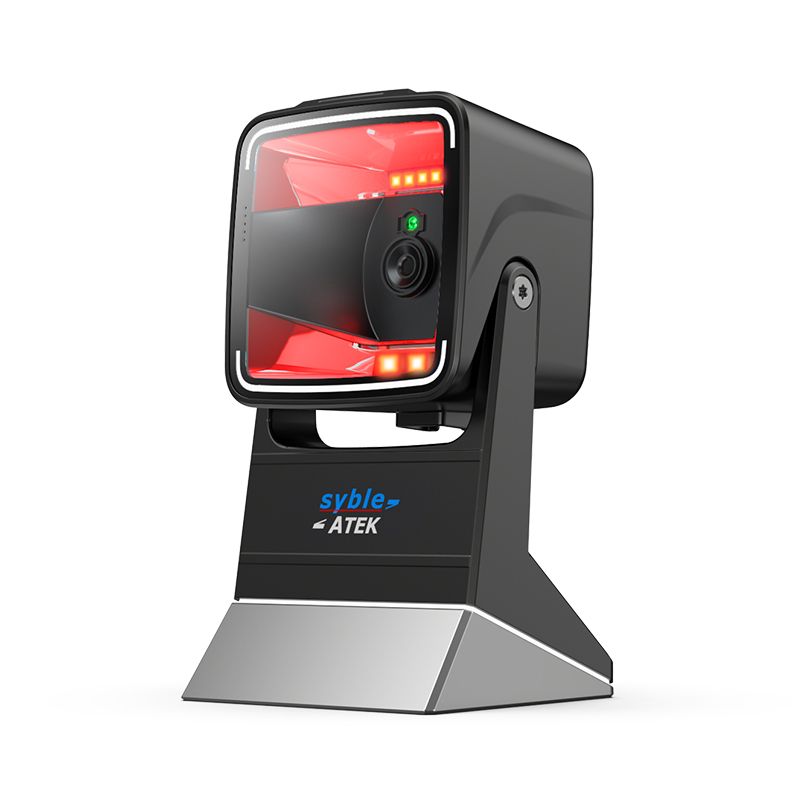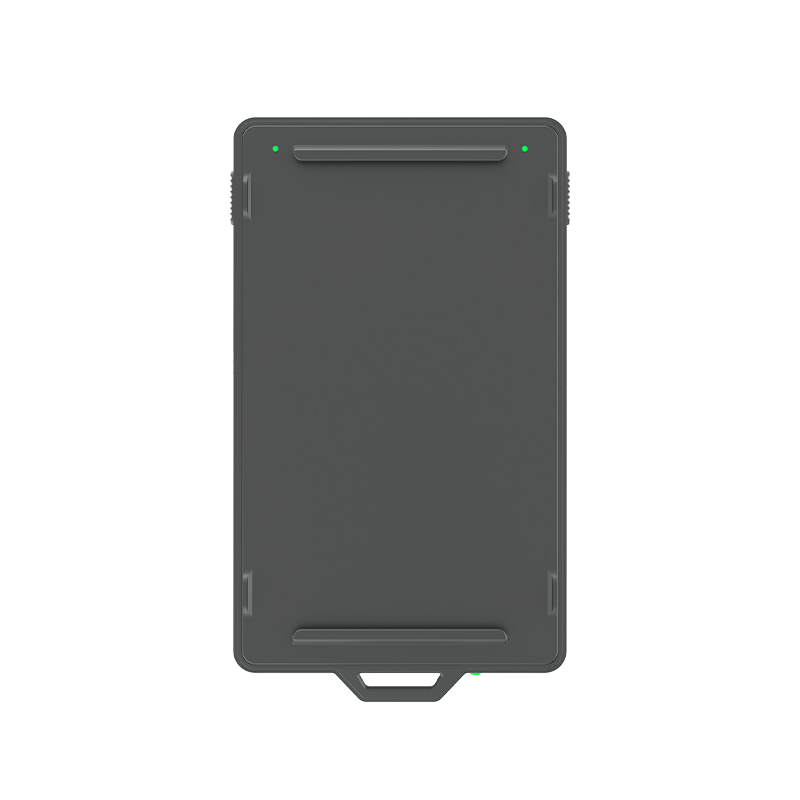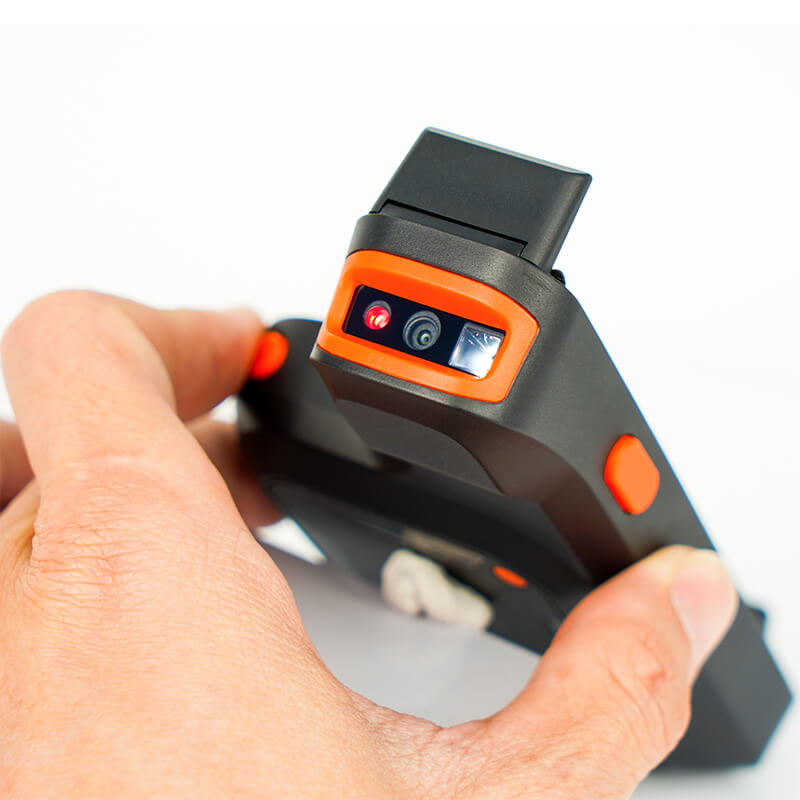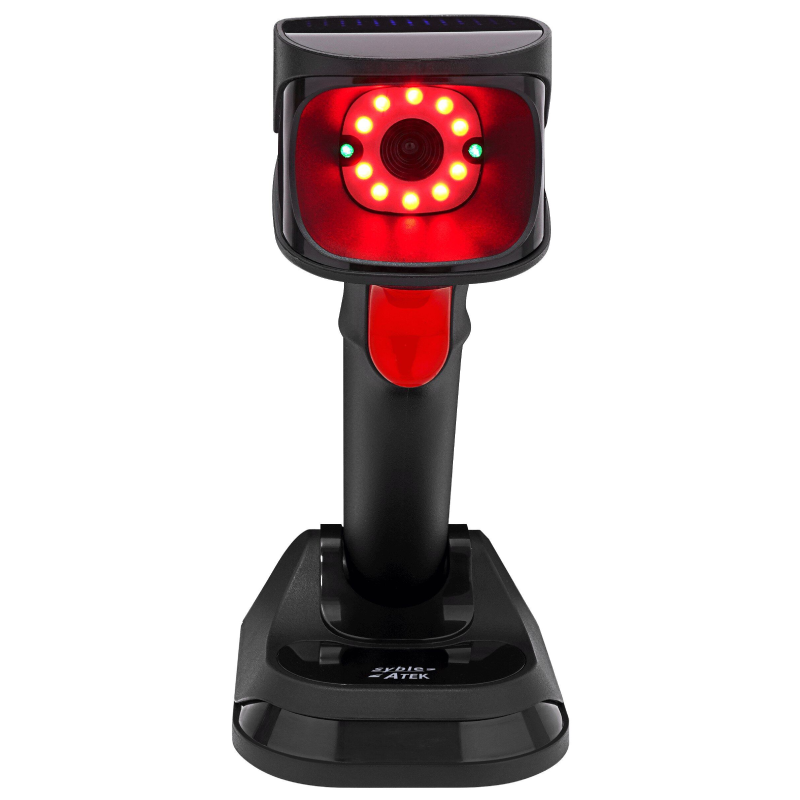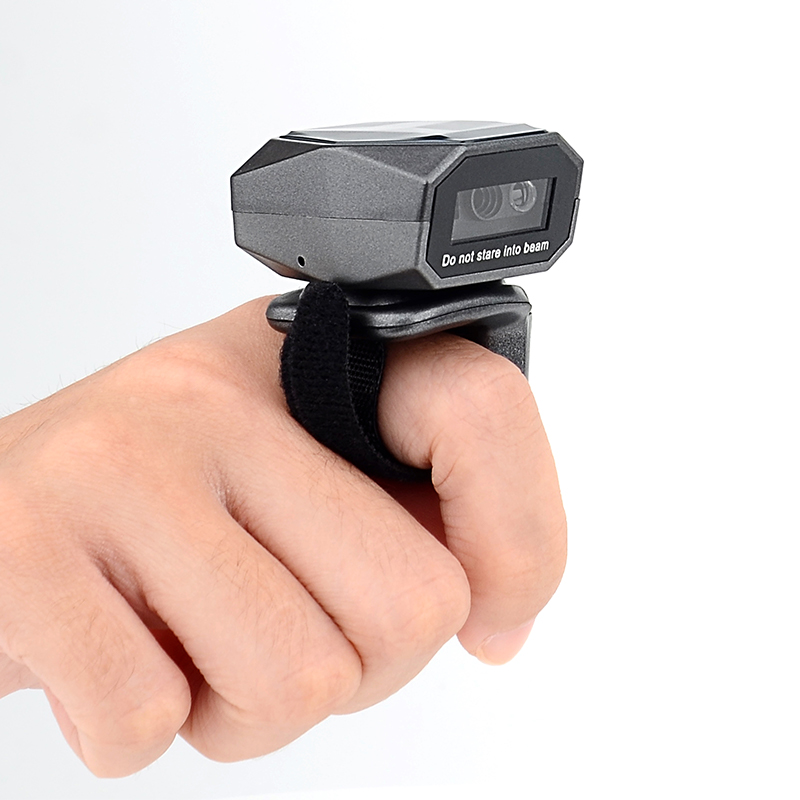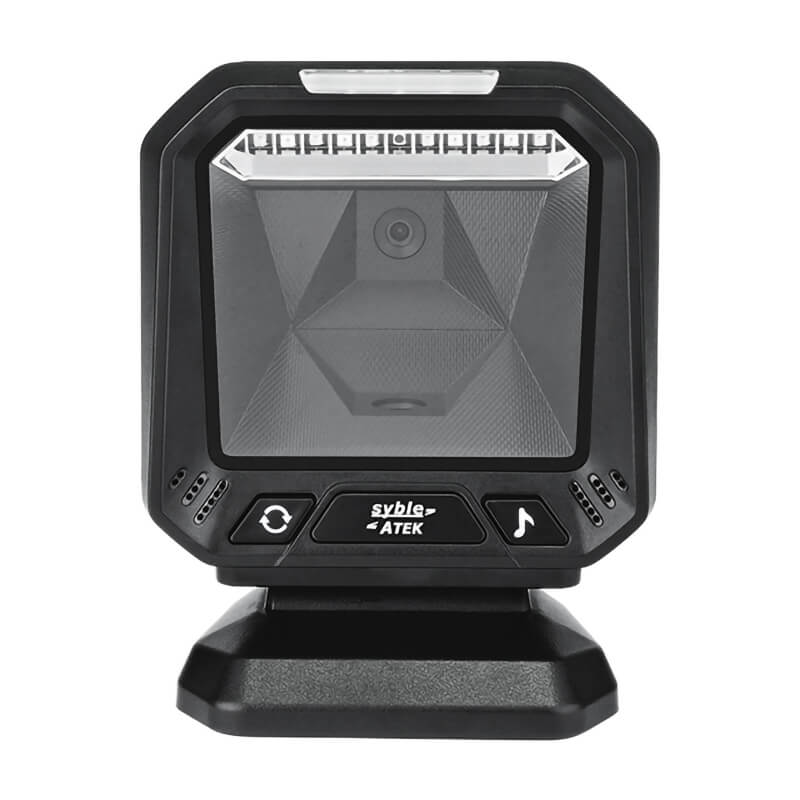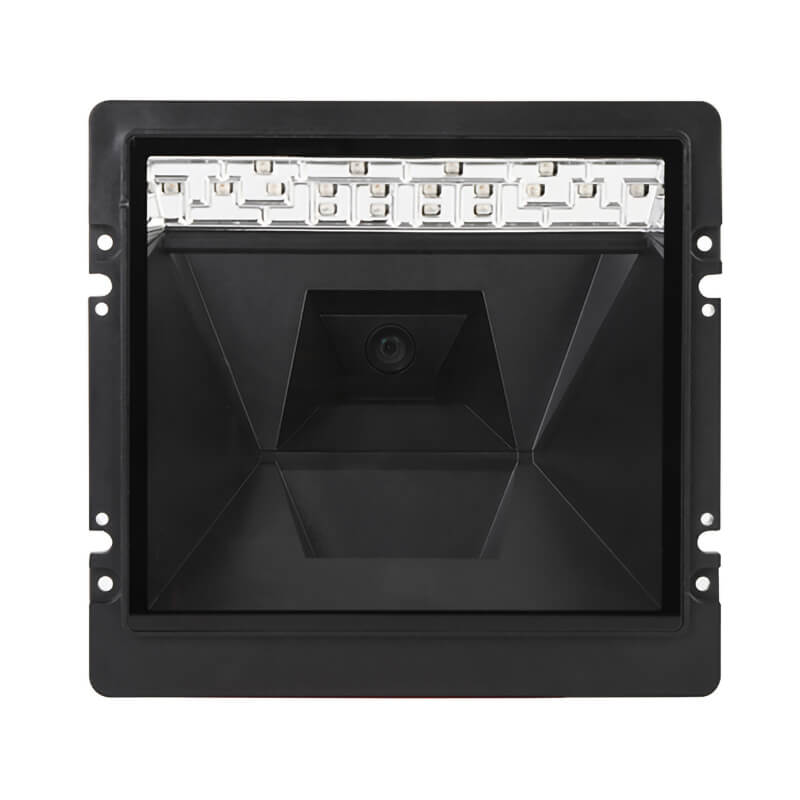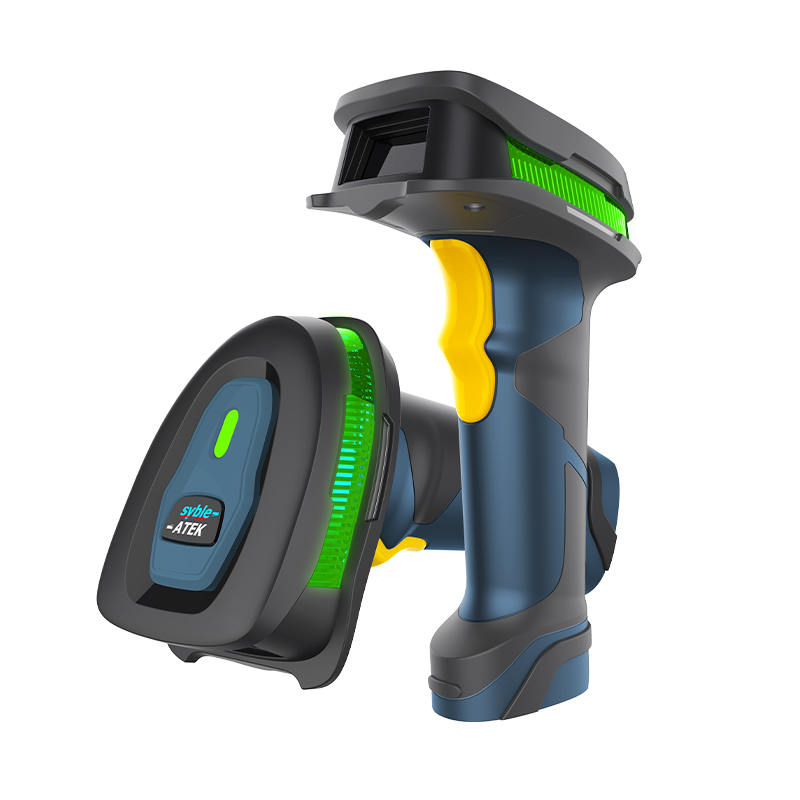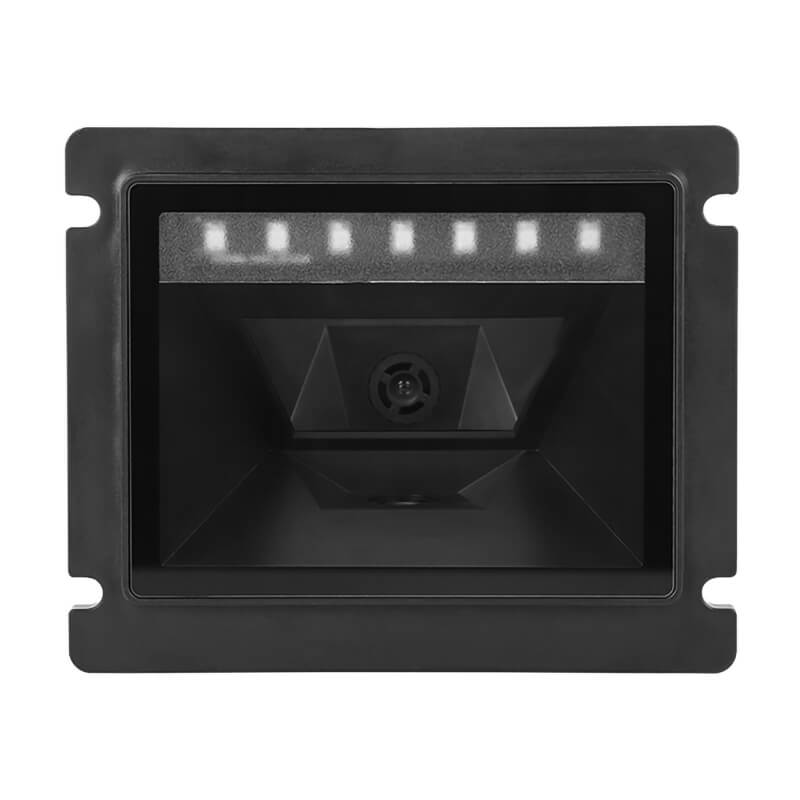The scanning speed of a scanner measures its ability to read barcodes or images within a specific time frame, typically expressed as the number of scans per second (scans/sec) or the number of points acquired per second (points/sec).
Definition:
Scanning Speed: The time a scanner takes from initiating a scan to completing the image or barcode reading.
Acquisition Speed: For 3D laser scanners, this refers to the number of points captured per second.
Influencing Factors:
1.Hardware Performance: The capabilities of the scanner's sensor, processor, and decoding chip directly impact its scanning speed.
2.Scanning Method: Different scanning techniques (e.g., line-by-line scanning, area scanning) result in varying scanning speeds.
3.Image Complexity: The complexity, color, and contrast of the object being scanned can affect scanning speed.
4.Data Transfer Rate: The speed at which data is transmitted between the scanner and a computer or other device influences overall scanning efficiency.
Measurement Methods:
Time Measurement: Recording the duration from the start to the completion of a scan to calculate the number of scans per second.
Point Count Statistics: For 3D scanners, counting the number of points acquired per unit of time to assess scanning speed.
Understanding a scanner's scanning speed aids in selecting equipment that meets specific application requirements, ensuring both efficiency and accuracy.

